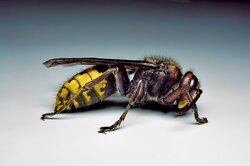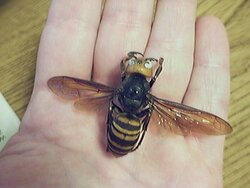Nissan_Ranger
New Member
- Dec 10, 2012
- 5
Any bites are bad, and I feel for ya, but I am very sceptical of a brown recluse in Ontario Canada. Some other species yes, but not a brown recluse.
Google is your friend:
Distribution
The Brown Recluse Spider is native to the United States of America, Mexico and Canada. In the USA, their range extends from the southern Midwest down the the Gulf of Mexico. To get more specific, the Brown Recluse Spider has been seen from southeastern Nebraska through southern Iowa, Illinois, and Indiana to southwestern Ohio. Moving south, their range also extends from western Georgia to the central parts of Texas. They are rarely ever seen west of the Rockies, and if they are here, they have been transported.
In Mexico, the Brown Recluse Spider tends to hang around the border, and does not extend too far south into the country. As for Canada, this spider stays around southeast Ontario, and in the southern parts of Quebec.




